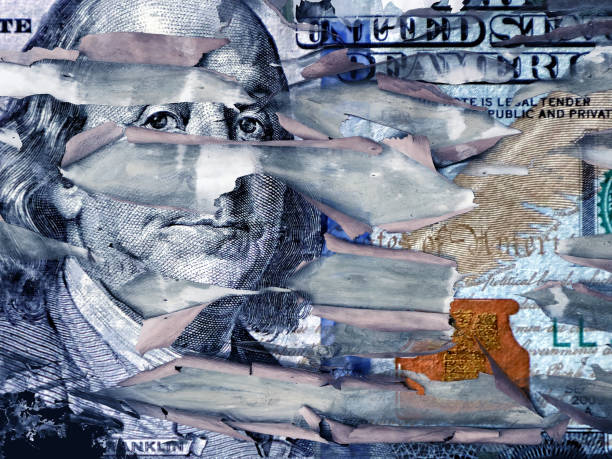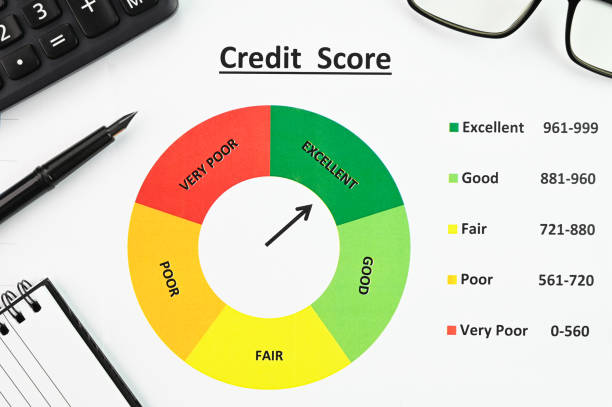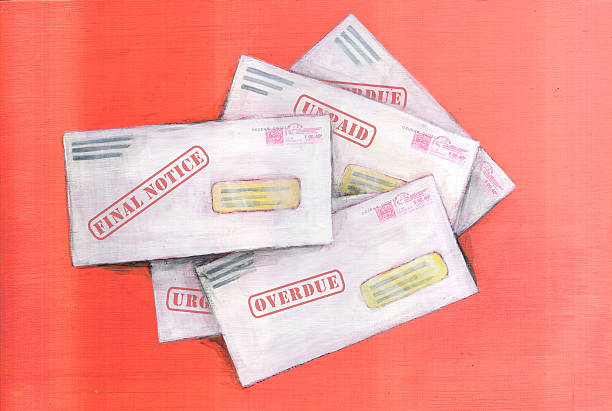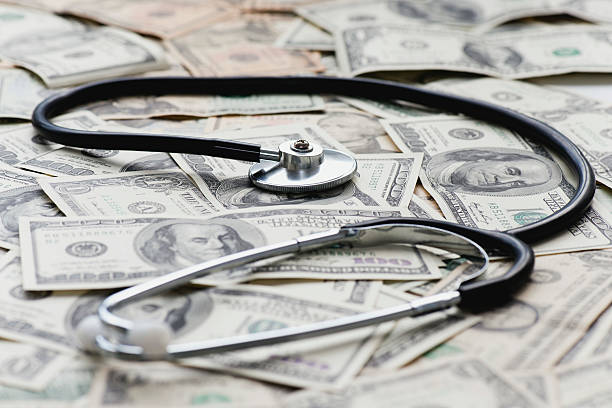
The phenomenon of overextended personal debt is not merely a financial condition but a complex web of interconnected core concepts that trap individua...
Read More
The personal budget, in its most ideal form, is a blueprint for financial freedom, a tool for aligning dreams with dollars. Yet, for an individual gra...
Read More
The journey into overextended personal debt often begins with a breakdown in personal budgeting, and the path out is almost invariably paved with its ...
Read More
- Start by taking inventory of all your outstanding debts. - Look for ways to maximize your disposable income so you can put more money towards your ...
Read More
Navigating the labyrinth of healthcare debt requires a unique blend of financial strategy and systemic understanding, distinct from managing other for...
Read More
The rise of Buy Now, Pay Later (BNPL) services has revolutionized point-of-sale financing, offering a tempting alternative to traditional credit. Whil...
Read MoreA secured card requires a refundable cash deposit that typically serves as your credit limit. It is designed for those building or rebuilding credit. It reports to credit bureaus like a regular card but helps limit risk because the deposit secures the issuer's funds.
While support payments provide income, relying on them can be risky if payments are inconsistent. Conversely, paying support can strain the obligor’s budget, increasing their debt risk.
Without an emergency fund, unexpected expenses like car repairs or medical bills must be paid with credit cards or loans, starting a cycle of debt that is hard to break.
Both allow for a temporary pause or reduction in payments. The key difference often lies in whether interest continues to accrue during the period and how it is handled afterward, terms which vary by loan type and lender.
Options include downsizing a home, seeking credit counseling from a non-profit agency, and in severe cases, exploring bankruptcy, which may protect primary income sources like Social Security.